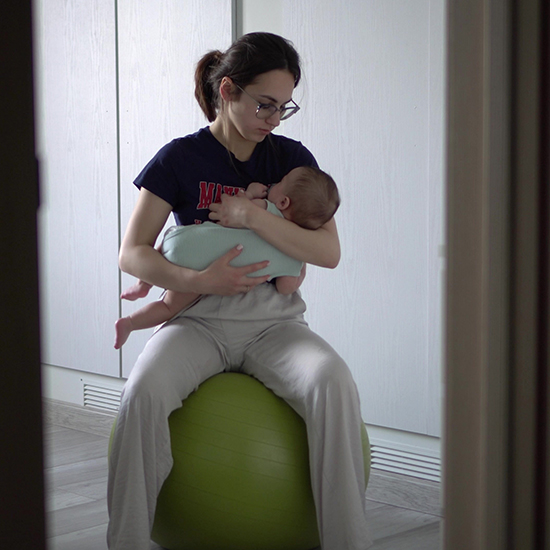Taking care of yourself is important too! It’s okay to take a break sometimes, even if it’s just for a few minutes. Parenting is hard work, and every baby is different. Don’t be afraid to ask for help when you need it.



All babies cry, but what if the crying is really, really intense? Well, it may be colic. Colic is more than just regular fussiness or crying. It’s when a baby cries a lot, really loud, and really intense at least 3 days a week, for over 3 hours each time. The crying usually starts around the same time every day, often in the evenings.
Babies with colic seem to cry for no reason at all. They keep crying even after trying things that usually help, like feeding them or holding them. Their crying sounds different, too – it’s like they’re in pain, and they might seem stiff or arch their backs.
You might feel like nothing you do helps, and it can be exhausting and stressful. Some parents even feel frustrated or angry. Talk to your baby’s doctor or reach out to friends and family. Remember, shaking or hurting a baby is never okay, no matter how upset you are. If you feel like you might lose control, put your baby down in their crib and step away.



Taking care of yourself is important too! It’s okay to take a break sometimes, even if it’s just for a few minutes. Parenting is hard work, and every baby is different. Don’t be afraid to ask for help when you need it.
Side-Lying Hold
This hold is useful when:
Cross-Cradle Hold
This hold is useful when:
Clutch or “Football” Hold
This hold is useful when:
Cradle Hold
This hold is useful when:
Laid-Back Hold
This hold is useful when: